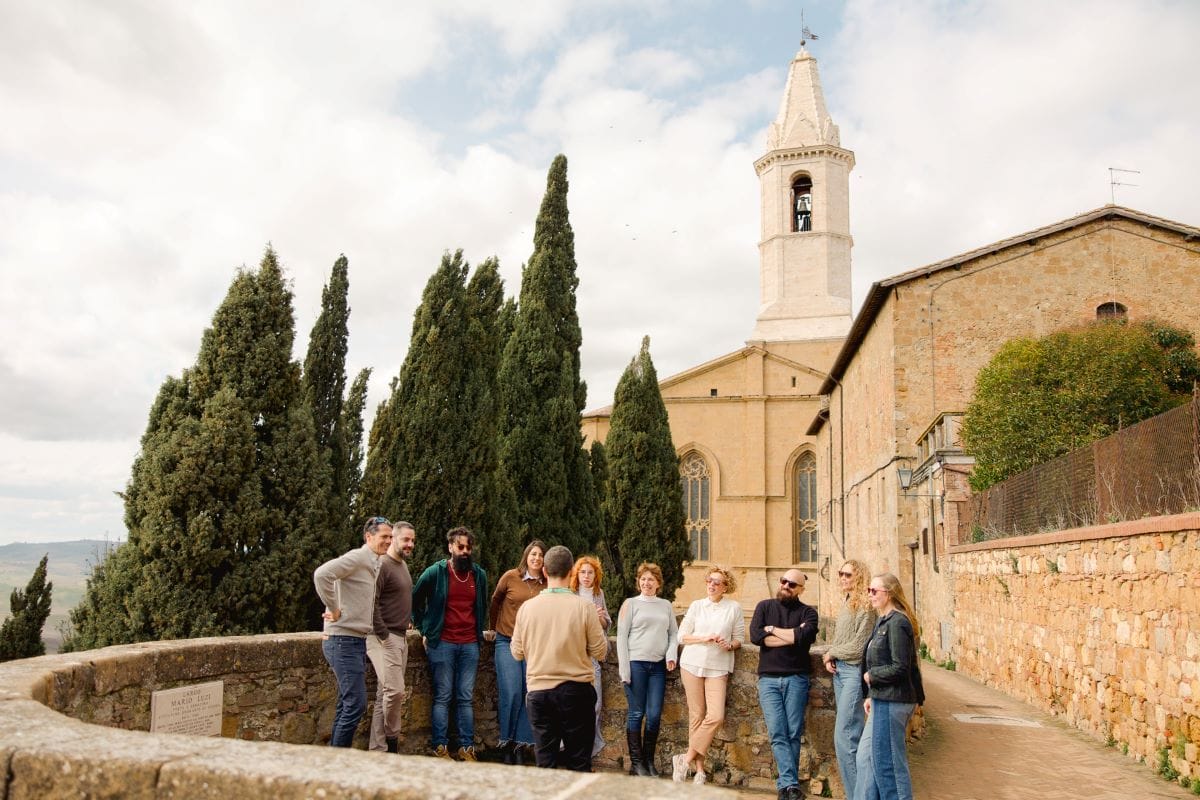
The Story Behind the Italian Language: Origins, History & Lasting Influence
December 22, 2024
Language origins are notoriously difficult to pinpoint. With the case of Italian, however, the route from the beginning to the modern language we know today is direct (and recent) enough that the path is still fairly visible.
This is an origin story with humble beginnings in the colloquial speech of a largely illiterate population, the famous verses of a Tuscan poet, and a patriotic effort to help unify a young nation.
All roads lead to Rome, but our journey starts there.
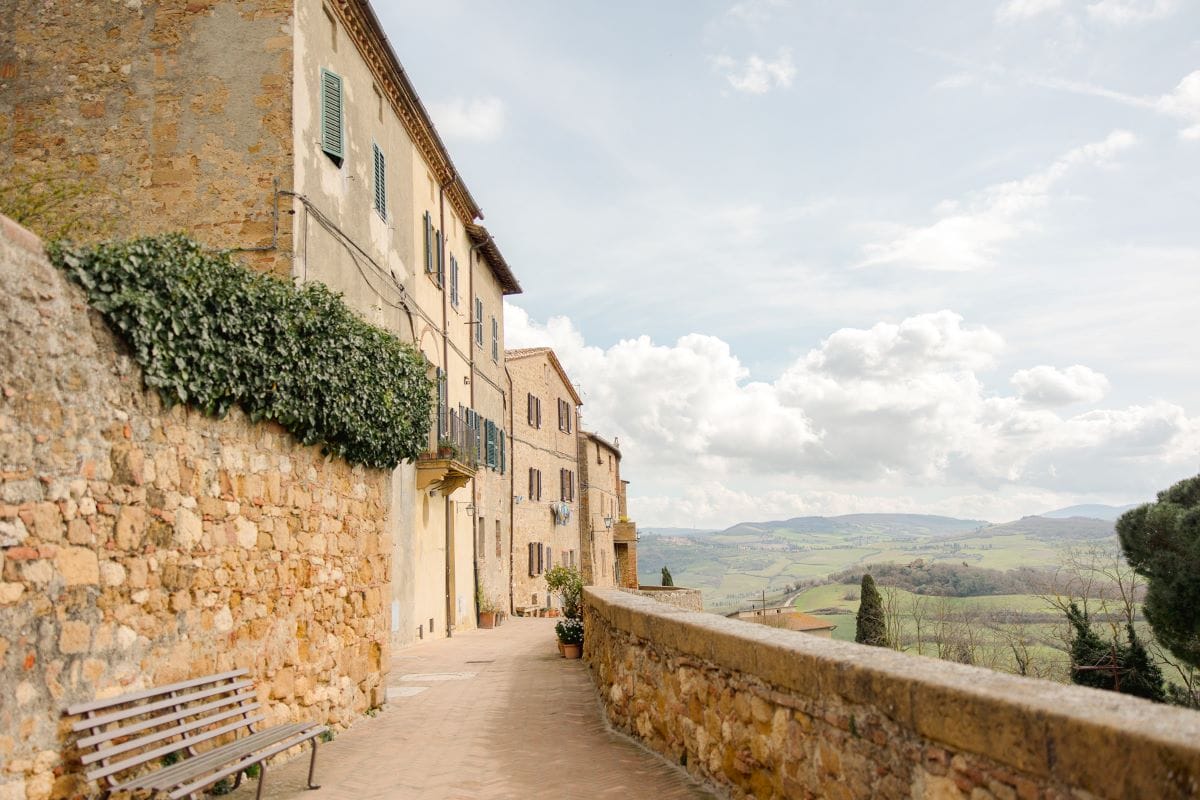
Here’s everything you need to know about the origins of the Italian language.
Table of Contents
ToggleOrigins of Italian
The country we know as Italy was once a collection of independent city-states (some of which were incredibly powerful and wealthy), each of which had its own language.
These were all rooted in the “Vulgar Latin” of Ancient Rome, or the colloquial version of the formal language that reflected how everyday people actually spoke to one another.
And since the vast majority of the people were illiterate, the spoken language was the only one they knew. The written language was essentially reserved for the church, nobility, and educated upper classes.
Insider’s tip: Love a good linguistic deep dive? Don’t miss our guide all about the secrets of the Neapolitan language!
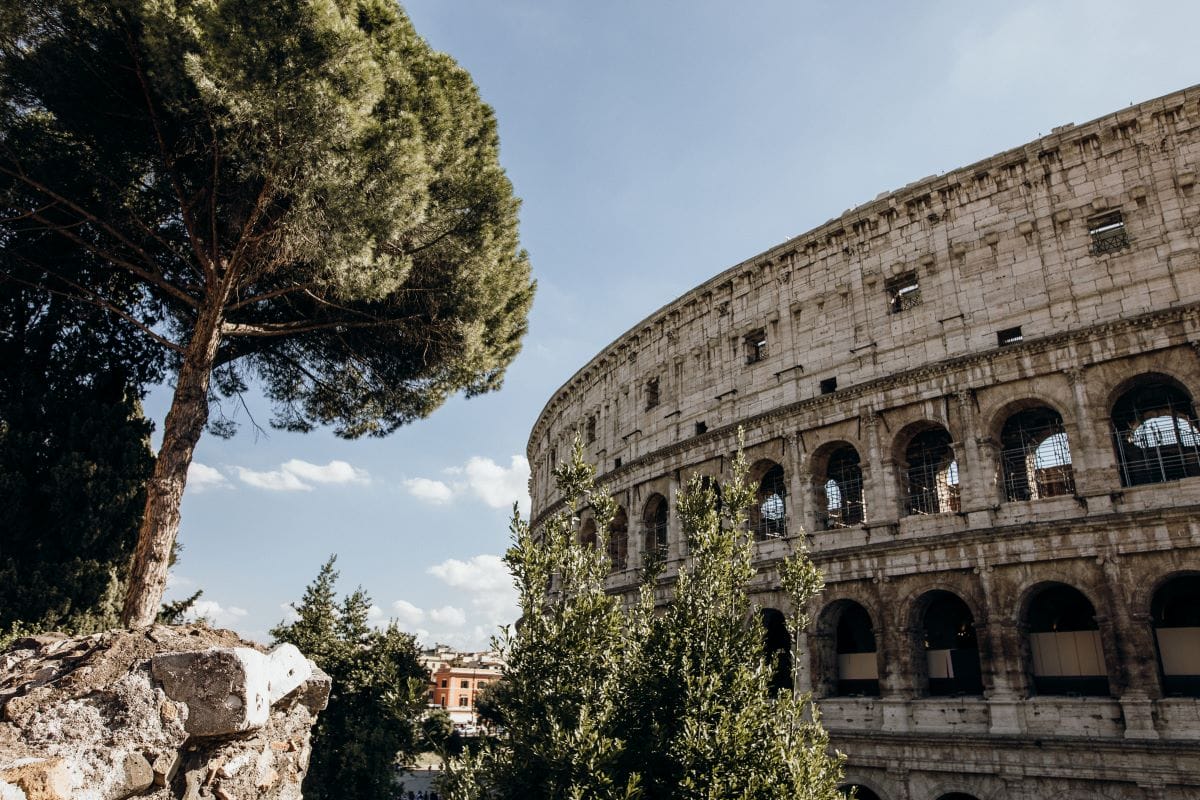
“Vulgar Latin” is an old language that was spoken by the Romans.
When did Latin become Italian?
In the late 13th century, however, there was a Florentine poet named Dante Alighieri who argued strongly in favor of writing in the vernacular—he wrote his own poetry in the Tuscan dialect he heard every day. And, as his popular work spread throughout the peninsula, it introduced Tuscan to people far beyond the city-state’s borders.
Dante was certainly a trailblazer in his use of colloquial language in his writing (soon followed by the likes of Petrarch and Boccaccio), and the popularity of his poetry no doubt hastened a more widespread understanding of the Tuscan dialect. But geography probably also helped.

Dante Alighieri helped Tuscan to be spoken more widely.
From local lingo to common tongue
The Republic of Florence was not only incredibly wealthy and powerful at the time, it’s also relatively centrally located on the peninsula. Regional languages had similarities with those of neighboring city-states, but the further apart people were on the peninsula the less likely it was that they could understand one another.
The Tuscan vernacular may have represented a middle ground between the more disparate regional languages of the northern and southern city-states, making it possible for more people to grow accustomed to and use it.

The Republic of Florence was once wealthy and powerful.
Italian unification and the move toward a national language
It may be a surprise to learn that Italy is younger than the United States, but unification of the many independent city-states didn’t begin until 1861—and, even then, there were large portions of the Italy we know today that lay outside the 1861 borders.
And, although Dante’s poetry had helped introduce and spread knowledge of the Tuscan dialect in the 14th century, it still wasn’t what most people in the Italian peninsula spoke every day in the mid-19th century.
Still, the new Italian nation chose Italian as its language—perhaps because it was a bit more widely understood and used than other regional languages, but also because another Italian writer echoed Dante’s arguments for using the Tuscan vernacular just as the new country was being established.
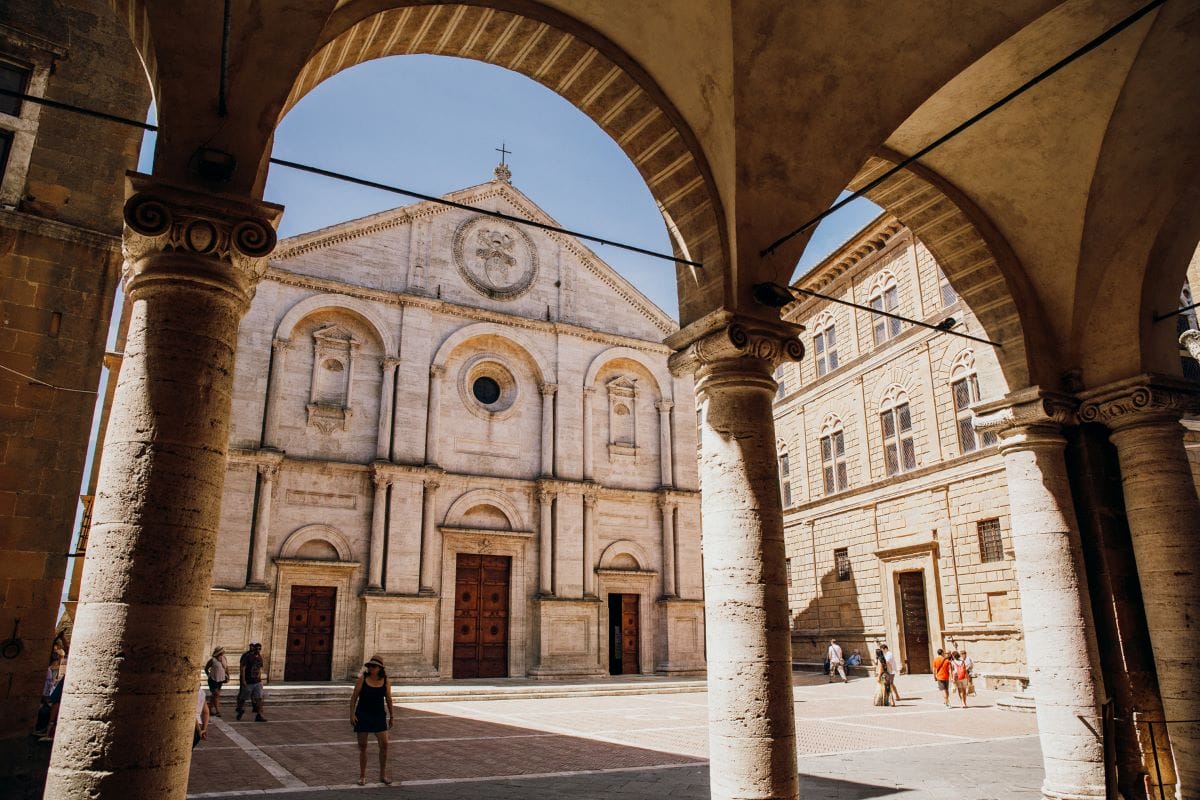
It’s hard to believe that the US is older than Italy.
Language variation across Italy
Alessandro Manzoni’s novel, “I Promessi Sposi” (“The Betrothed”), the first volume of which was published in 1827, was very popular at the time. Today, it’s considered (along with Dante’s “Divine Comedy”) one the finest examples of Italian literature. Manzoni’s timely novel was deeply patriotic about a unified Italy—and it was written primarily in the Tuscan language.
Even after 1861, regional languages were still more prevalent than Italian. In fact, one Italian language scholar estimated that, at the time of the unification, less than 3% of the population spoke the Italian language regularly.
By 1951, this figure had risen to more than 87%. Today, however, although every Italian can speak and understand the Italian language, you’ll still hear them using regional dialects and languages on a daily basis.
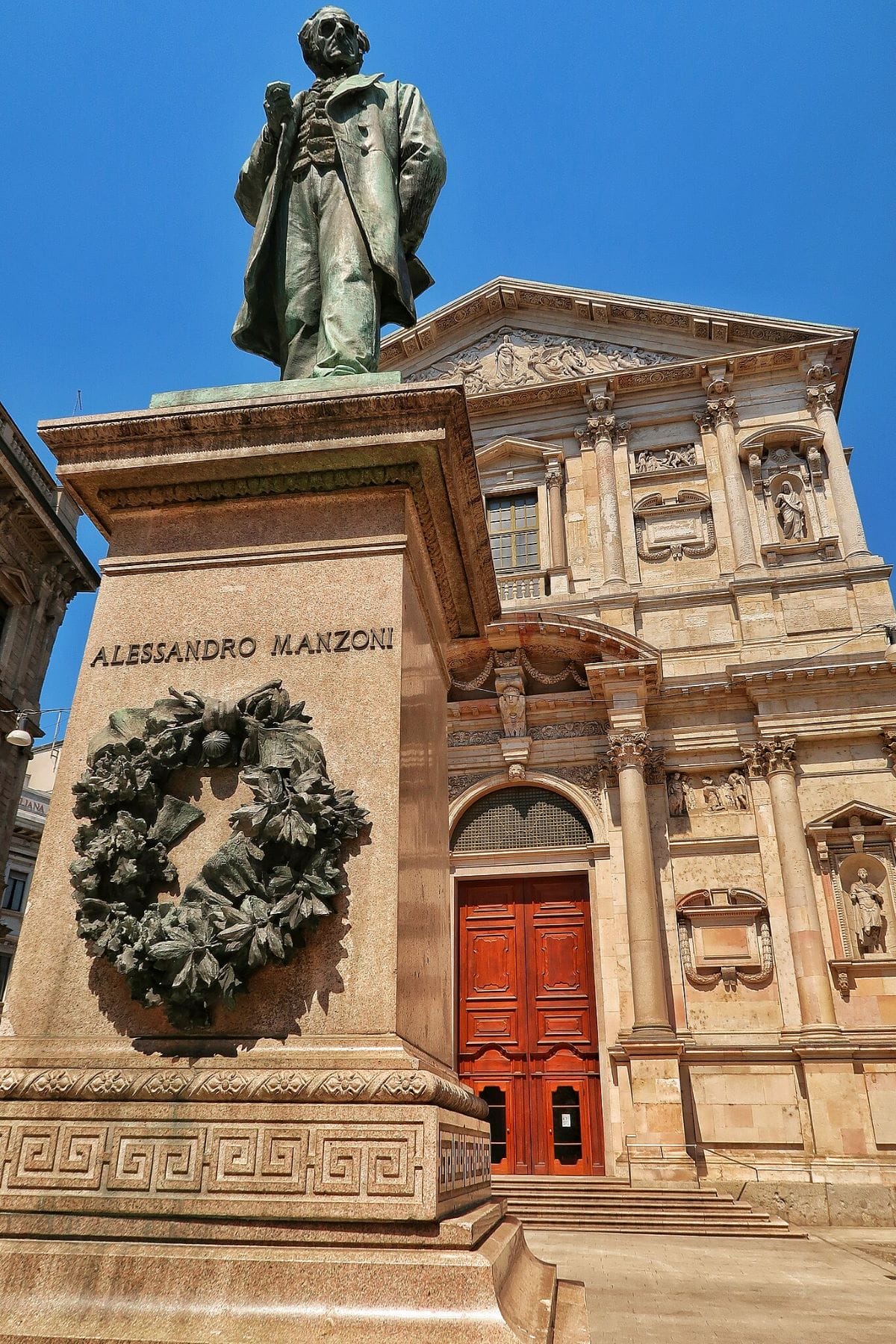
Alessandro Manzoni’s “I Promessi Sposi” is one of the greatest Italian literary works. Photo credit: Picone Fabio
One official language and many protected dialects
Sometimes, the dialects are similar enough to modern Italian that it would take a trained ear to notice the subtle differences. Sometimes, they’re so unlike Italian that you’ll wonder if you stepped through a portal to another country entirely.
But don’t feel bad if you’re flummoxed—even Italians from different parts of the country can have trouble understanding one another’s dialects.
Despite the move in 1861 to use Italian as the language of the new country, it wasn’t declared Italy’s national language in the constitution until 2007. (No, that’s not a typo.) And, even then, it wasn’t a unanimous vote in the parliament. Italians remain fiercely proud of their regionality, including their unique languages (and cuisines), and not everyone was thrilled with the idea of any sort of linguistic standardization.
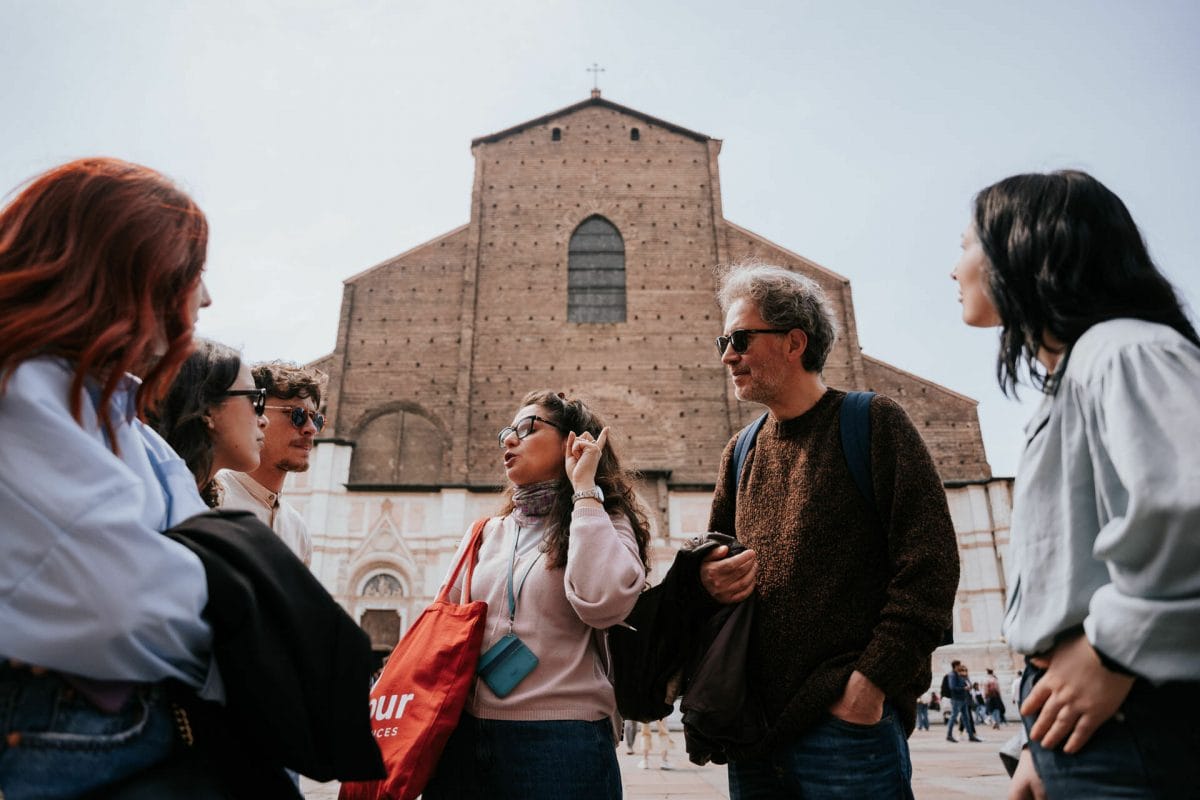
There are so many dialects, it’s sometimes hard for Italian speakers to understand each other.
Regional Italian languages today
Among the many regional languages still in common use in Italy today, more than 30 have been classified by UNESCO as endangered. Several of these are officially recognized and/or actively promoted by the region in an effort to preserve their cultural heritage.
For instance, the many languages native to the islands of Sicily and Sardinia, both of which are autonomous regions, are considered part of the culture and officially recognized by the Italian government. In regions like Veneto, Friuli-Venezia Giulia, and Campania, on the other hand, regional languages that aren’t officially recognized may still be promoted through things like usage on street signs alongside Italian.
It’s important to note that while all of these languages are typically called “regional dialects,” they’re not derivatives of Italian. For the most part, they have their roots in the same “Vulgar Latin” from which the Tuscan dialect originally sprang.

Did you know that Venice has its own regional dialect called Veneto?
Italian words you already know
Italian is the official language of Italy, San Marino, and Vatican City; one of four official languages of Switzerland; and one of two official languages of Corsica—that’s it. You won’t find Italian in the top 10 languages with the most native speakers. It doesn’t even make the cut if you expand the list to the top 20.
And yet Italian consistently ranks among the top 10 languages studied around the world. But even if you’ve never taken an Italian class, you speak a lot more of the language than you realize—and we’re not just talking about words like “spaghetti” or “ciao,” either.
One word with unexpected Italian origins that shot to the top of the usage charts in 2020 is “quarantine,” which comes from Italian by way of the Venetian dialect:
- When Venice was a powerful 15th-century republic and a key trading port, ships coming into the Venetian lagoon were required to isolate for 40 days on outer islands before they were permitted to come to the main islands in order to keep the plague out of the busy city.
- The word for 40 in Italian is “quaranta,” so “quarantena” came to mean being in an isolation of 40 days.
- Want to learn more? We have an article all about Black Death in Venice – and where you can still find signs of the bubonic plagues in the city today.

Italian is an official language in the Vatican City.
English words that come from Italian
Here are just a few more examples of words with Italian origins that are part of common English vocabulary, including the Italian counterpart and/or meaning when it’s different:
- Balcony, from “balcone”
- Bandit, from “bandito”
- Bank, from “banca”
- Bravo
- Canteen, from “cantina,” meaning “wine cellar”
- Confetti, meaning “sweets”
- Diva
- Extravaganza, from “stravaganza”
- Finale
- Graffiti, meaning “scribbles”
- Influenza
- Lagoon, from “laguna”
- Lava
- Manifesto
- Replica
- Scenario
- Studio, meaning “a room for studying”
- Tempo, meaning “time”
- Umbrella, from “ombrello”
- Volcano, from “vulcano”

Did you know “cantina” means “wine cellar” in Italian?
Keeping up with a living language
Long before there was an Italian nation, there was a society dedicated to the maintenance of the Italian language:
- The Accademia della Crusca was formed in Florence in 1583, making it the world’s oldest linguistic academy, and originally dedicated itself to upholding the “supremacy of the Florentine vulgar tongue.”
- Drawing heavily on the works of Dante, Petrarch, and Boccaccio, members of the Academy published their first dictionary of the language, the Vocabolario degli Accademici della Crusca, in 1612, which became the example other language dictionaries would follow.
But Italian, unlike Latin, is a living language. So, the Academy’s modern focus includes the sanctioning of new Italian words. In one particularly adorable case, an 8-year-old student in the Emilia-Romagna region combined the Italian word “petalo” (petal) with the common suffix “-oso” (indicating abundance or strength) to describe a flower that’s full of petals.
The Academy approved the new word, “petaloso,” in 2016.

Italian is a living language where new words are created all the time.
Learn more fascinating insights about Italy’s history and culture – including the Italian language and its many dialects! – on our food and walking tours. From Rome tours to experiences in Florence, Milan, Naples, and Venice, there’s so much to explore throughout this amazing country.
by Jessica Spiegel
View more by Jessica ›Book a Tour

Pristine Sistine - The Chapel at its Best
€89
1794 reviews

Premium Colosseum Tour with Roman Forum Palatine Hill
€56
850 reviews

Pasta-Making Class: Cook, Dine Drink Wine with a Local Chef
€64
121 reviews

Crypts, Bones Catacombs: Underground Tour of Rome
€69
401 reviews

VIP Doge's Palace Secret Passages Tour
€79
18 reviews

Legendary Venice: St. Mark's Basilica, Terrace Doge's Palace
€69
286 reviews









